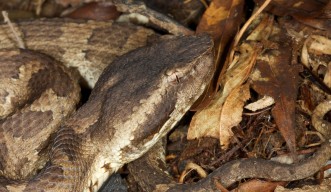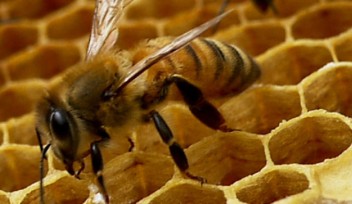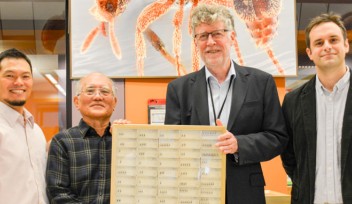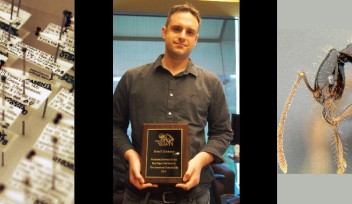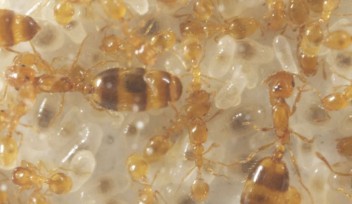Poison Pen: Reading Snake Venom’s Stories
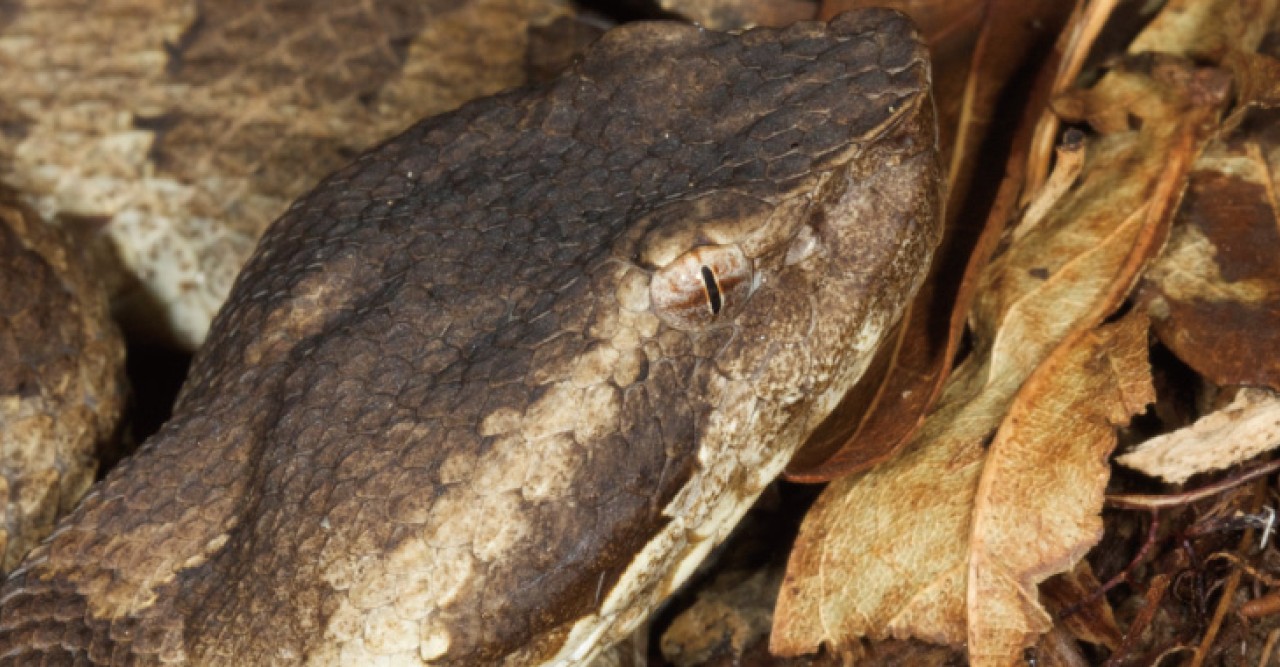
Though it’s far less dramatic than the architecture or the ocean view, one sight that often grabs the attention of visitors to OIST is a small sign near the entrance that reads, “Caution: Venomous Habu Snakes.” The nocturnal maize- or brown-colored snakes are infamous in Okinawa; at one time, their bites killed hundreds of people each year on the island. But killing people was never the snake’s main design. Rather, its venom, like that of other venomous snakes, is a complex cocktail honed to immobilize prey animals as quickly as possible. Many questions remain about how these cocktails work and how they became optimized for the main prey species of each species of snake; Professor Alexander Mikheyev of the Ecology and Evolution Unit and his collaborator Professor Steven Aird are studying snake venom to better understand the stories it tells.
Prof. Aird, who teaches at the University of Maryland University College on Okinawa, first became interested in the chemistry of snake venom when he was doing field research on rattlesnakes as a master’s student in Arizona. While feeding captive rattlesnakes, he noticed that the venom of each species had a very different effect on mice. He read most of the existing studies on venom chemistry, and later began to perform his own. His work with OIST came about when he met Prof. Mikheyev, and the two realized they shared some research interests—and that OIST had the instruments needed for one of the most thorough studies yet of snake venom genetics.
For their study, Profs. Aird and Mikheyev looked at which genes are actively producing proteins in the venom glands of the habu and himehabu, two distantly related venomous snakes native to Okinawa. They catalogued those active genes and compared them with the types and quantities of protein that are actually present in the venom, creating a data trove that will help them to answer a range of questions. For example:
· How, exactly, does the venom accomplish its purposes of stopping prey in its tracks and beginning the digestion process?
· How does venom composition change over the snake’s lifetime? (Most species switch from smaller to larger prey as they grow, and their venom changes accordingly. The Okinawa habu does this, but the himehabu does not. Prof. Aird wants to know more about how this happens.)
· Do the venoms harbor previously unknown proteins? If so, what are their functions, and could they be useful to humans? “One of the things I would like to do is show that these are not just dangerous—they’re a potentially valuable biological resource,” says Prof. Mikheyev.
· How are venoms chemically tailored to be most toxic to a snake’s main prey?
As if this weren’t enough, Profs. Aird and Mikheyev will soon begin a project to compare the venoms of different snakes and construct a picture of venom evolution. Says Prof. Aird, “we haven’t even scratched the surface in terms of what there is to know.”
Specialties
For press enquiries:
Press Inquiry Form










